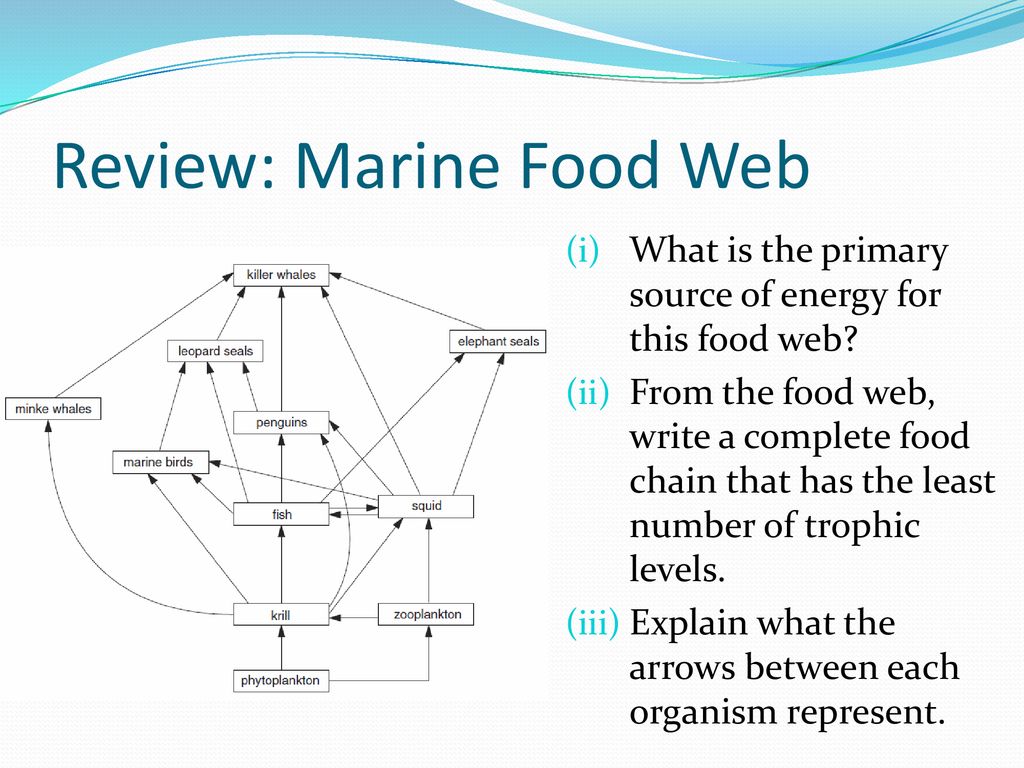ASSESSING AND MODELLING CLIMATE POLLUTANT INTERACTIONS IN MARINE FOOD Biology Diagrams The ripple effects extend throughout the marine food web. Pteropods, tiny sea snails nicknamed "sea butterflies," are especially susceptible to acidification. These organisms serve as crucial food sources for various marine species, including salmon and whales. Their decline could trigger cascading effects across entire ecosystems. These powerful storms can alter marine habitats, affect food chains, and even influence the distribution of species. This article will delve into the multifaceted ways hurricanes impact the diverse and often fragile world beneath the waves. The Immediate Impacts of Hurricane Forces Physical Disruption of the Marine Environment These effects on ecosystems and their inhabitants can last for years or even decades. Here is a bit about what long-term changes hurricanes can cause: Long Term Effects on Wildlife. Hurricanes have devastating effects on wildlife, which can be quite long-lasting as well. Animals may perish because of storm-related factors such as: Altered habitat

Phytoplankton form the foundation of the marine food chain, and climate change is shaking that foundation. Phytoplankton in the open ocean appear to be dwindling. In the early 2000s , scientists detected that enormous zones of ocean with fewer nutrients and sparser phytoplankton, known as ocean deserts, are expanding.

How do hurricanes affect coastal and ocean life? Biology Diagrams
Fishing has a strong impact on coastal marine food webs, but it's a hard effect to measure. When Hurricane Harvey hit Texas in 2017, it temporarily halted fishing in one area of the Gulf Coast One of the positive effects of hurricanes is that they benefit marine life. Hurricanes may be beneficial to marine life as well. The minerals on the ocean's bottom are mixed up when they churn the water, increasing the ocean's productivity. Negative Effects of Hurricanes. The negative effects of hurricanes are: Storm Surge & Storm Tide

cant pressure on terrestrial and marine ecosystems. 1,2 Climate change causes increases to temperature and changes to precipitation patterns. Importantly, it will also cause changes to the frequency and intensity of extreme events globally. 3 Tropical cyclones, also known as typhoons or hurricanes,4 are among the most destructive natural

PDF Impacts of tropical cyclones on food security, health and biodiversity Biology Diagrams
The effect of resource subsidies on recipient food webs has received much recent attention. The purpose of this study was to measure the effects of significant seasonal seaweed deposition events, caused by hurricanes and other storms, on species inhabiting subtropical islands. The seaweed represents … Marine ecosystems and their living marine resources (LMRs) continue to respond to the effects of global change, with environmental factors impacting marine fisheries biomass, distribution, harvest, and associated economic performance. Extreme events such as high-category hurricanes, harmful algal bl … A typical hurricane can release up to 300 terawatts of energy, with just 25% of that being wind. 1. We often only think about how hurricanes impact life on land, but they also radically affect marine ecosystems, changing everything from seafloor habitats to oxygen and salinity levels in the water.

